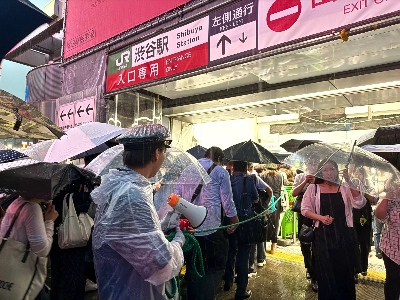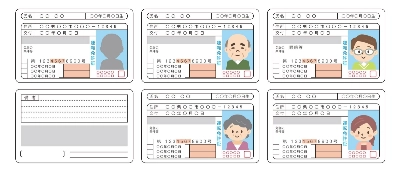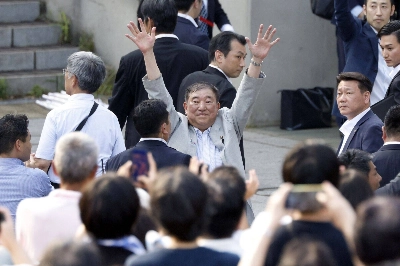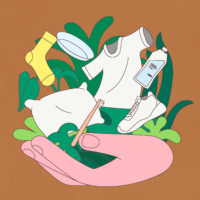In October 1968 Nobuo Sekine dug a hole in the ground, shaped the extracted dirt into a large cylinder and called the work "Phase -- Mother Earth." It was probably an experiment, influenced by discussions of the new Land Art and Minimalist works taking place in the United States.
When it was first constructed, the prevailing view in Japan was that it was a kind of quirky visual play of positive and negative spaces. But artist Lee Ufan disagreed, claiming that this was actually the end of visual manipulation; it was in fact a real time, real life absence and presence presented in temporal juxtaposition -- a before and an after.
This, Sekine's piece and Lee's comment, is typically pointed to as the founding moment of Japan's influential, homegrown Mono-ha art movement.


















With your current subscription plan you can comment on stories. However, before writing your first comment, please create a display name in the Profile section of your subscriber account page.